When you’re planning to study abroad, a smooth visa application is key to hitting the ground running. Yet even small slips can delay or derail your plans. In fact, many applicants face rejections not because they lack qualifications, but because of simple oversights. By knowing the most common mistakes on student visa applications, you’ll avoid headaches and focus on what matters—your future studies in Europe.
In this guide, you’ll learn to spot and fix the top pitfalls in your student permit process. You’ll get clear tips on forms, documents, finances, interviews, and more so you can submit a strong application the first time.
Avoid form mistakes
One of the quickest ways to slow down your application is by entering wrong information on your online forms. Whether it’s a typo in your name, mismatched dates, or a missing field, consular officers will question any inconsistencies.
Common form errors
- Typos in personal details like your name or passport number
- Incorrect program or university codes
- Skipping mandatory questions or attachments
- Uploading the wrong file types or size
How to fix it
- Proofread every field before submitting
- Keep your passport and acceptance letter on hand
- Use official spell-check tools or browser extensions
- Compare drafts with the form instructions line by line
Remember, even if you’re applying through a different portal than the DS-160 used for U.S. visas, the same care applies. Errors on Form DS-160 can lead to delays or rejections, so double-check your entries (MPOWER Financing).
Also, keep a copy of your completed form. That way you can quickly reference what you submitted, especially if officers ask clarifying questions.
Check documents carefully
Missing or incorrect paperwork is a top reason for visa denials. Embassies expect you to present a full set of certified documents, and even one missing page can trigger a refusal.
Key document pitfalls
- Outdated or unreadable passports
- Transcripts lacking official seals or translations
- Incomplete proof of accommodation
- Incorrect notarization or missing signatures
Quick tips
- Follow the student visa application checklist to confirm every item
- Get certified translations for any non-English documents
- Organize documents in labeled folders or sleeves
- Scan and save digital backups in case of loss
If you’re headed to a specific country, use the dedicated checklists. For example, France has unique health insurance and accommodation proof requirements—see the France student visa application checklist 2026.
Secure financial evidence
Consular officers need convincing proof that you can cover tuition, living expenses, and travel costs. Lack of solid financial documentation ranks high among application mistakes.
What can go wrong
- Bank statements older than the required three months
- Sponsor letters without official stamps or signatures
- Scholarship awards missing fee breakdowns
- Ignoring cost-of-living estimates for your host city
Best practices
- Obtain official bank letters showing your balance, dated within the last 90 days
- Include detailed sponsor affidavits or scholarship letters, itemizing tuition and living costs
- Refer to official figures from your university and local government
- Keep electronic and paper copies ready for both the embassy interview and your arrival
Under U.S. rules, DSOs collect financial evidence before issuing Form I-20 (Department of Homeland Security). European embassies follow a similar process. For more on budgeting and documentation, check our step by step guide for student permit.
Book interview early
Appointment slots at embassies and consulates can fill up fast, especially during peak application periods. Waiting too long means risking a delayed semester start.
Common scheduling mistakes
- Booking an interview just weeks before classes begin
- Ignoring embassy holiday closures
- Failing to confirm or reschedule canceled slots
How to stay ahead
- Reserve your interview as soon as you receive your permit or acceptance letter
- Check your local embassy website weekly for slot openings
- Factor in time for document reviews and additional requests
- Aim to complete your interview at least 2–3 months before your program starts
US applicants often face long waits for DS-160 interview slots (MPOWER Financing), and European posts aren’t much different. Treat that embassy calendar as your top timeline priority.
Practice interview answers
Your in-person or video interview is where you demonstrate honesty, readiness, and clear intent. Lack of preparation or overly long responses can harm your chances.
Typical pitfalls
- Giving rambling answers or off-topic stories
- Relying on family members to speak for you
- Wearing inappropriate attire or presenting a poor attitude
- Failing to articulate why you chose your program
Preparation pointers
- Draft concise answers to common questions: why this course, how you’ll fund it, and your career plans
- Rehearse in English or the language of instruction, aiming for clarity and confidence
- Conduct a mock interview with a friend or mentor
- Dress smartly and arrive on time, whether in person or online
Remember, consular officers often have limited time per interview (NAFSA). Keep responses brief, positive, and directly on point.
Meet language standards
Many European student permits require proof of language ability—think IELTS, TOEFL, or CEFR certificates. Missing or low scores can lead to outright refusals.
Language missteps
- Submitting expired or unofficial test reports
- Assuming informal language proof (like a letter from your friend) is enough
- Waiting until the last minute to sit for exams
How to cover your bases
- Schedule your test at least 2–3 months before your application deadline
- Order multiple official score reports, as embassies may need originals
- Check your host country’s minimum score requirements
- Include your test certificate in both digital and paper application copies
Not meeting language proficiency is a common error (SWEC Visa Consultant). Play it safe by over-preparing and confirming deadlines with your embassy.
Show strong home ties
Even in Europe, visa officers want reassurance that you plan to return home once your studies end. Failing to demonstrate these ties can fuel doubts about your intent.
Tie-weakening moves
- Not mentioning your career goals or family connections
- Forgetting to include property, job offers, or family letters
- Relying on vague statements like “I’ll return someday”
Ways to strengthen your case
- Prepare a one-page intent letter summarizing your post-study plans
- Attach evidence of family, property, or job prospects in your home country
- Highlight scholarships or sponsorships tied to returning home
Under U.S. law, applicants must show intent to leave after studies (NAFSA). The same principle applies in Europe—make your commitments crystal clear.
Research visa rules
Every country has its own set of regulations, deadlines, and document formats. Skipping this step can mean surprises that derail your application.
Research gaps
- Ignoring changes to embassy policies or portal requirements
- Copying someone else’s application without tailoring it to your country
- Missing updates on fee increases or new health insurance rules
Smart research habits
- Bookmark official embassy and consulate websites
- Read recent student forum threads or social-media groups
- Verify document templates and expiry dates directly with your post
- Note any unique requirements, such as biometric data or health checks
Not researching visa specifics is a classic mistake (Mokolo Law). For a broader overview of options and deadlines, explore our student permits hub.
Respond to requests promptly
Once you submit, embassies may ask for extra information. Failing to reply quickly can delay or even cancel your application.
Follow-up failures
- Overlooking reminder emails or portal notifications
- Sending partial information without addressing all questions
- Missing the deadline for additional documents
Quick response strategies
- Check your email and visa portal daily
- Keep scanned copies of all documents for fast sharing
- Address each question point by point in your reply
- Confirm receipt with the embassy if possible
Ignoring follow-up requests can stall processing indefinitely (Mokolo Law). Stay on top of every message until you receive your permit.
Seek expert assistance
When stakes are high, professional advice can save you from costly errors. Visa consultants or legal experts spot red flags you might miss.
Benefits of expert help
- Personalized review of forms and documents
- Mock interviews with constructive feedback
- Guidance on complex cases, waivers, or reapplications
When to consider it
- If you’ve faced a prior visa denial
- When your financial or academic background is non-standard
- If you’re applying under a special exchange or sponsorship
Professional legal assistance can be critical in avoiding refusals and navigating reapplication (VisaRefusal). A brief consultation early in the process often pays for itself.
Key takeaways for success
- Always proofread and double-check your application form
- Follow a detailed student visa application checklist
- Provide clear, up-to-date financial documentation
- Book your interview well before your program start date
- Practice concise, confident interview answers
- Meet official language requirements ahead of time
- Show your intent to return home with solid evidence
- Research every embassy rule and deadline thoroughly
- Reply to any follow-up requests quickly
- Consider professional help for peace of mind
Ready to move forward? Start by reviewing your application against this list, then dive deeper with our step by step guide for student permit. Good luck—your European adventure begins here!

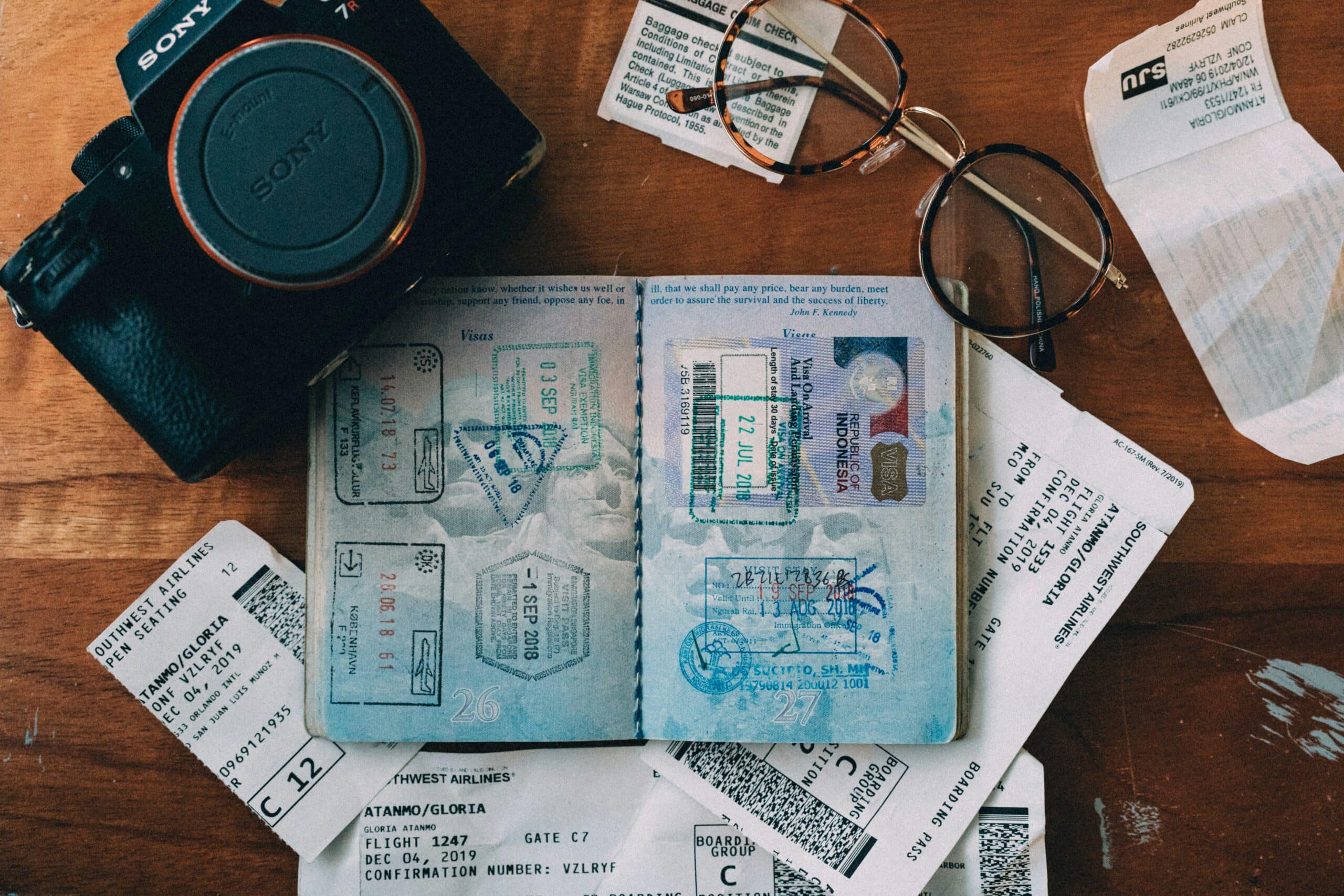


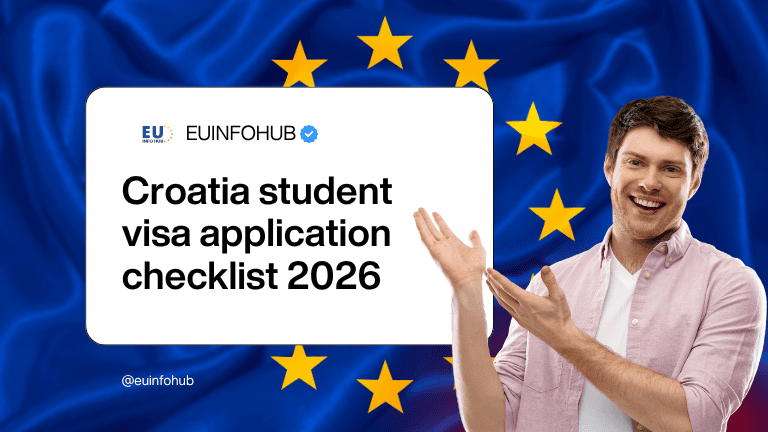
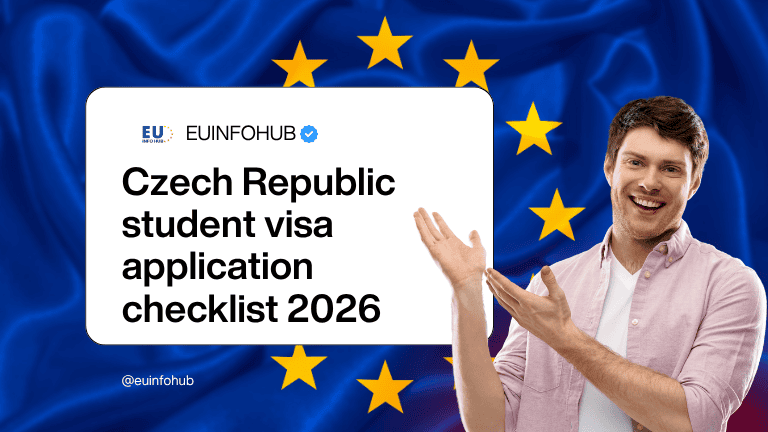
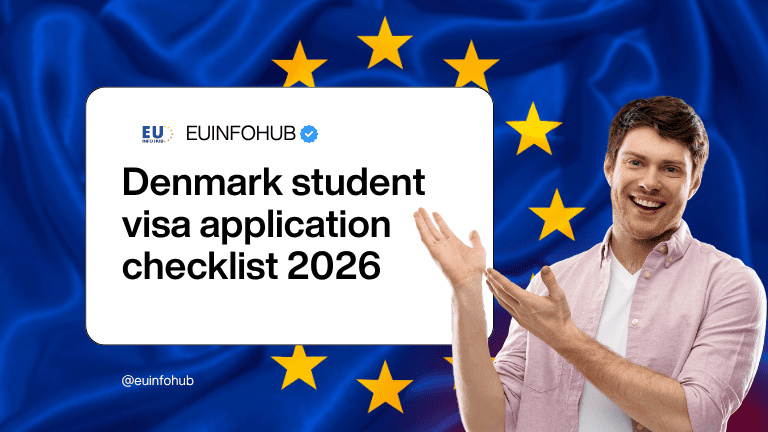
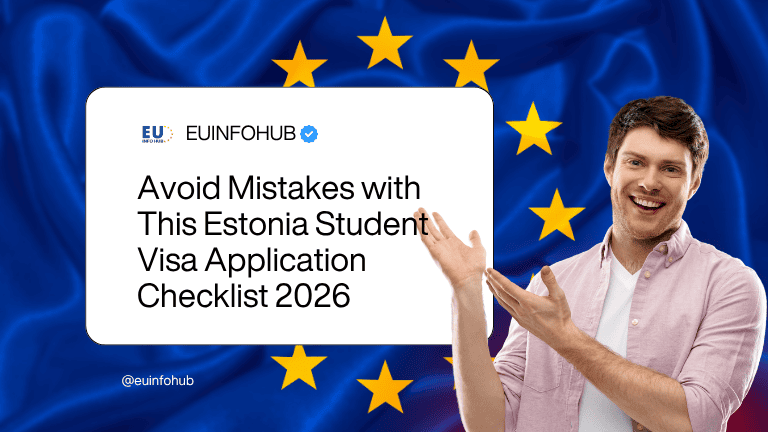
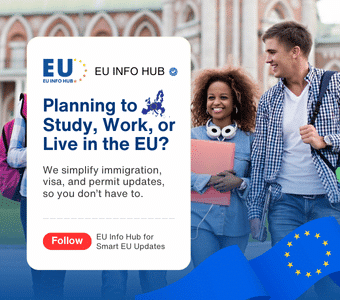
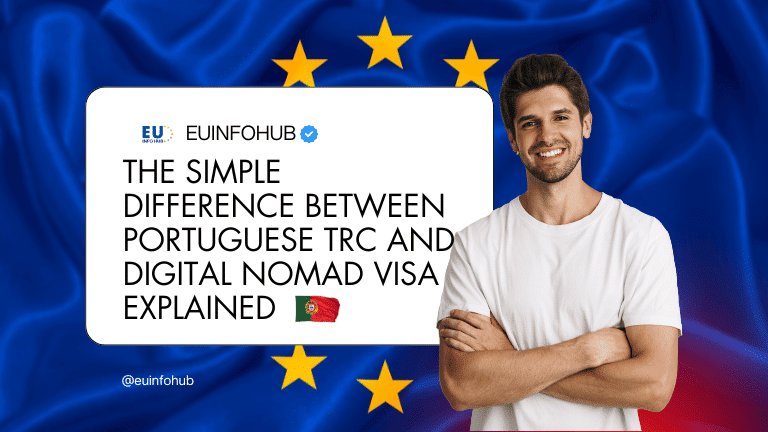
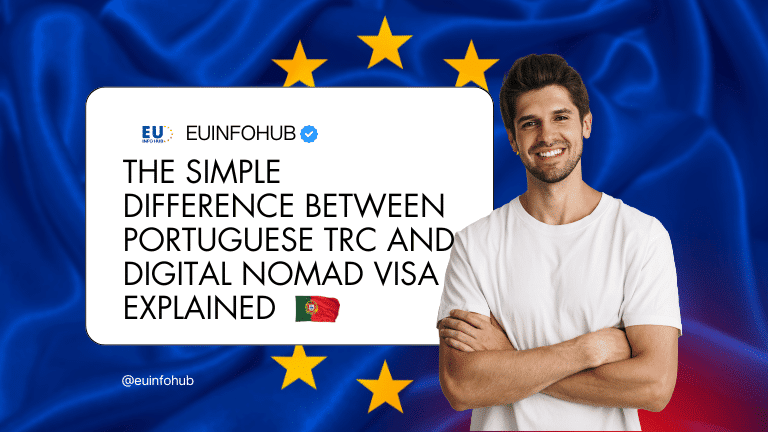
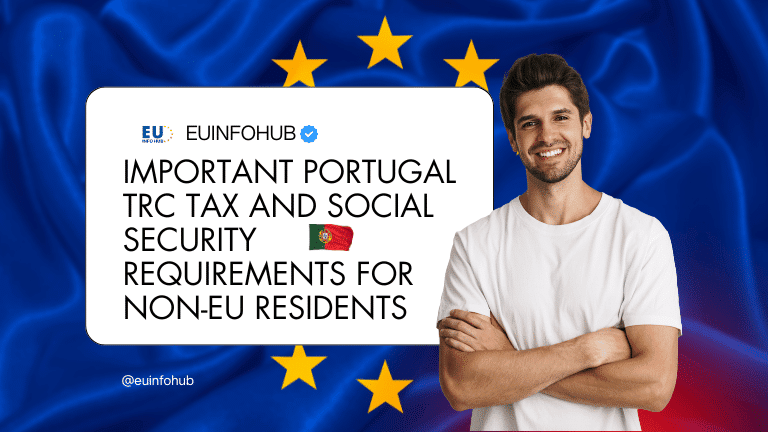
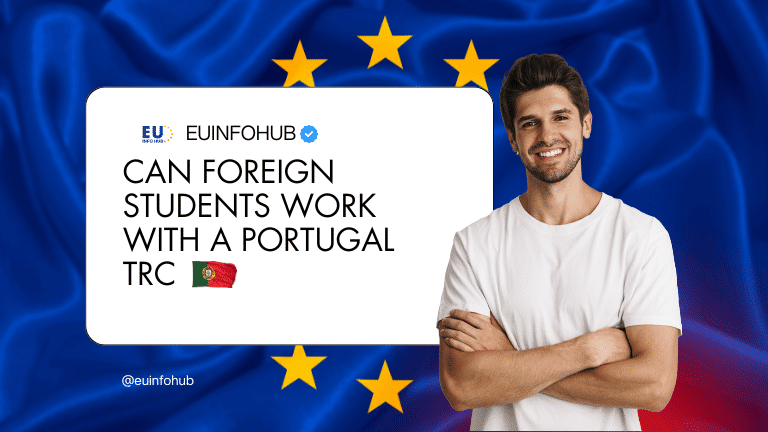
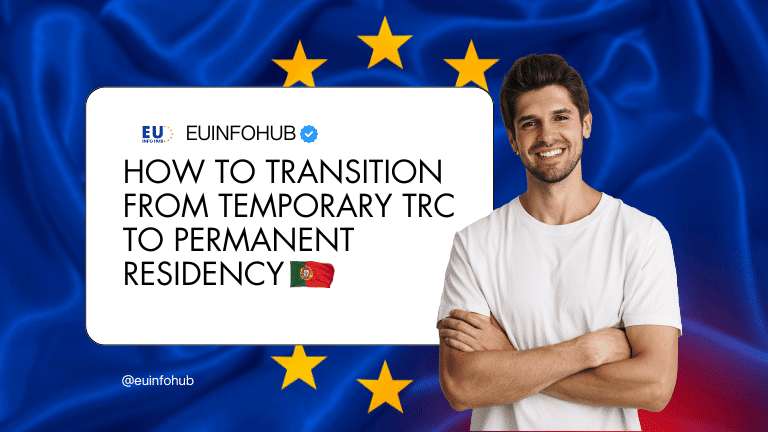
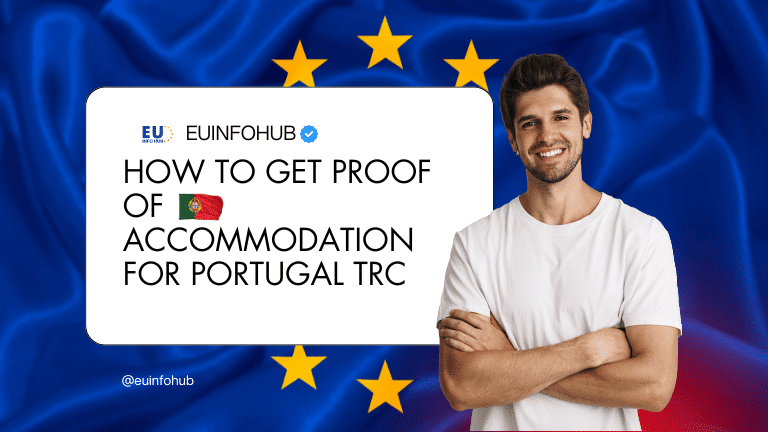

16 thoughts on “Top Common Mistakes on Student Visa Applications You Must Avoid”